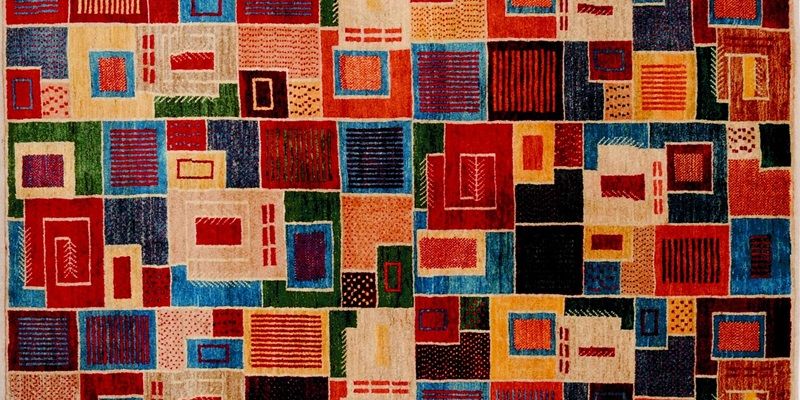The age-old craft of knotted carpets is undergoing a remarkable transformation as traditional looms are progressively being replaced by cutting-edge technology and online platforms. This shift has led to significant advancements in the creation of intricate designs and patterns, streamlined supply chains, reduced costs, and increased accessibility to a global consumer base. In this article, we will explore how technology and e-commerce platforms have revolutionized the craft of knotted carpets, highlighting their positive impact on the industry.
Advancements in Technology for Intricate Designs
Advancements in technology have significantly enhanced the precision and efficiency of creating the mesmerizing designs that knotted carpets are revered for. Through the use of computer-aided design (CAD) software, weavers can now visualize their creations before beginning the weaving process, resulting in more accurate and detailed carpets. This technology enables artisans to experiment with various patterns and colors, ultimately leading to stunning and highly intricate designs that were once unimaginable without expensive and time-consuming trial and error.
The Impact of E-commerce Platforms
The rise of e-commerce platforms has unleashed extraordinary opportunities for the knotted carpet industry. Online platforms have created a global marketplace, enabling artisans to showcase their craftsmanship to customers from all corners of the world. This not only increases sales but also fosters cultural exchange, as customers gain access to carpets reflecting diverse regional traditions and aesthetic sensibilities. Additionally, as artisans connect directly with customers through these platforms, they can receive valuable feedback and make customizations, further enhancing customer satisfaction and market reach.
Streamlined Supply Chain and Reduced Costs
The digital transformation has streamlined the supply chain in the knotted carpet industry, resulting in reduced costs and enhanced efficiency. By eliminating intermediaries, technology allows artisans to connect directly with customers, cutting out unnecessary markups and reducing overhead expenses. Consequently, this enables artisans to offer their products at more affordable prices, making knotted carpets accessible to a larger consumer base. Additionally, the streamlined supply chain facilitates seamless communication and collaboration between artisans and customers, ensuring a smooth and personalized purchasing experience.
Increased Affordability and Accessibility
Technology and online platforms have made knotted carpets more affordable and accessible than ever before. By connecting artisans with a wider market reach, these platforms enable customers to explore a vast variety of carpets from different regions and cultures. Moreover, the elimination of intermediaries and the reduction in production costs allows artisans to offer their creations at competitive prices. This democratization of access enables individuals from various socioeconomic backgrounds to experience the beauty and craftsmanship of knotted carpets, thereby helping to preserve and promote this traditional craft in the modern era.
The craft of knotted carpets is experiencing a renaissance in the digital age, thanks to the transformative impact of technology and online platforms. Artisans are now able to create intricate designs with unparalleled precision, made possible through innovative CAD software. E-commerce platforms have propelled the industry onto the global stage, enabling artisans to reach customers worldwide, fostering cultural exchange and expanding market opportunities. The streamlined supply chain and reduction in costs have made knotted carpets more affordable and accessible, empowering a broader consumer base to appreciate and acquire these timeless works of art. As technology continues to advance, we can expect even greater innovation and progress in the craft of knotted carpets, ensuring its enduring presence in the world of textile traditions.

